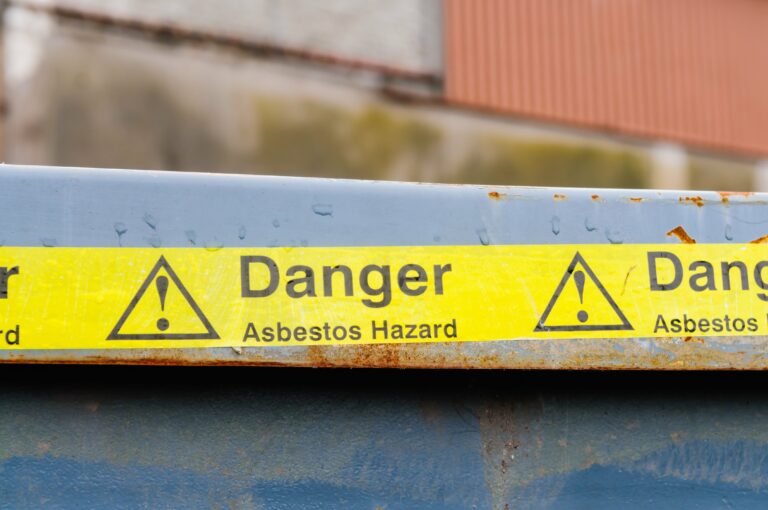COVID-19 advice
The information in this blog is correct as at 18 June 2020. For the most up-to-date Employment Law and Health & Safety advice to support your organisation through the COVID-19 pandemic, visit our Coronavirus Advice Hub, which is updated daily and contains a variety of free guidance notes, letter templates, checklists, risk assessments and more.
As a growing number of businesses return to some semblance of normality, HMRC has now published its new flexible furlough guidance to give employers the leeway they need to gradually resume their operations.
While the major changes to the Job Retention Scheme had already been unveiled by the Chancellor at the end of last month, the official guidance has now been updated – and new documents added – to reflect the new rules and outline for employers how the scheme will work from 1 July.
Fundamentally, the guidance relaxes the all-or-nothing approach to furlough, instead allowing employers to have staff work a proportion of their regularly contracted hours – paid at their usual rate – and claim the rest through the scheme. In addition, the minimum three-week furlough period has also been scrapped, enabling employers to bring staff in and out of furlough as demand and business needs dictate.
Such loosening of the rules means that businesses who may not be up and running at pre-lockdown levels immediately can decide to reintroduce employees slowly, without having to shoulder the expense of taking them off furlough completely, or keep them on furlough for weeks at a time in order to claim. Operating on reduced staff will also help businesses to comply with social distancing measures.
Unfortunately for employers, the guidance is rather complicated and split across eight sections of the GOV.UK website, making it difficult to fully understand what has changed and how. In this article, we outline seven things you need to know if you are planning to utilise the scheme to fully or flexibly furlough staff from next month onwards.
1. Wage contributions
While employees will continue to receive 80% of their wages for the duration of the scheme, the source of this money is changing. From 1 August, employers will be required to pay employer National Insurance contributions and minimum pension contributions. Then, from September, government contributions will incrementally decrease (to 70% in September and 60% in October) and employers will pick up the shortfall of 10% and 20% respectively.
2. New entrants
From 30 June, the scheme will close to new applicants – that is, any employee who has not been furloughed for a minimum three-week period at any time prior to this date. This means the deadline has now passed to furlough someone for the first time.
The only two exceptions to this rule is employees currently on certain forms of statutory leave and
The only two exceptions to this are employees currently on certain forms of statutory leave and reservists returning to work after a period of mobilisation. Those employees can still be furloughed provided that:
- You have already made a claim for another employee in your organisation for a period of three consecutive weeks between 1 March and 30 June
- The employee started parental leave before 10 June and returned after that date
- The employee is a reservist on a period of mobilisation that started before 10 June and returned after that date
- You have made an RTI PAYE submission on behalf of that employee on or before 19 March 2020
3. Minimum furlough period

Under current rules, employees must have been furloughed for a minimum of three weeks in order for the employer to make a claim. From 1 July 2020, there is no minimum furlough period for flexible furlough arrangements. However, any claim made through the HMRC portal must be in respect of a minimum one-week period. Employers who have been operating a rota scheme of at least three weeks on furlough, followed by three weeks off, can now furlough employees for much shorter periods to suit the needs of the business.
4. Payments for part-time work
From 1 July, employers will be able to bring staff back to work for any amount of time and on any shift pattern whilst still being able to utilise the scheme for any hours not worked. The hours that the employee does work will be paid for by the employer at their usual rate.
The wage caps for furloughed employees are proportional to the hours an employee is furloughed. For example, if the employee is furloughed for 50% of their normal working hours in the month, they will be eligible to receive 50% of the HMRC grant.
5. Cap on the number of employees per claim
The maximum number of employees an employer can claim for in any single claim period starting from 1 July cannot exceed the maximum number of employees included in any claim prior to 30 June. For example, if you have previously submitted three claims between 1 March 2020 and 30 June, in which the total number employees furloughed was 30, 20 and 50 employees respectively, the maximum number of employees you can furlough in any single claim starting on or after 1 July would be 50. This figure does not include any employees you are furloughing for the first time due to them returning from parental leave.
6. Agreement with employees
Any flexible furlough arrangements will need to be agreed with the employee or through collective agreement with a trade union. As flexible furlough is different to the existing furlough scheme, a new written agreement will be required. You will need to:
- Make sure the agreement is consistent with employment, equality and discrimination laws
- Keep a written record of the agreement for five years
- Keep records of how many hours your employees work and how many hours they are not working (furloughed)
If an employer doesn’t know what demand to expect, meaning employees’ hours may change from month to month or even week to week, would a need a new flexible furlough agreement be needed every time?
In an ideal world, employers would have ultimate flexibility built into the flexible furlough agreement; however, certain Good Work Plan changes that came into effect in April don’t really allow for a contract to state that the employee will work “as and when required”. Essentially, employers can set whatever working pattern they wish, and our view is that one flexible furlough agreement could work. However, it needs to be as specific as possible in terms of the working pattern you will set for your employee. If working times are variable, then the agreement should state how they may vary; for example, is there a rota and what days/times does this cover?
For examples of acceptable wording, visit our free Coronavirus Advice Hub and download our template Flexible Furlough Letter.
It is up to employers whether they wish to flexibly furlough any of their employees. If instead you choose to continue “fully” furloughing employees, previous rules banning those employees from working for you while furloughed will still apply.
7. Calculating flexible furlough payments for those with variable hours and pay
The grant from HMRC is for the hours an employee is not working. Therefore, if you are planning to bring staff back part-time, you will need to work out how many hours each employee usually works so that you can determine the number or hours they have been furloughed.
For employees who work aren’t contracted to a set number of hours, this can be tricky. In a similar way to which you are already calculating how much to claim for fully furloughed variable hours employees, “usual hours” for the purpose of the flexible scheme will be calculated based on the higher of either the average number of hours worked in the 2019/20 tax year or the usual hours worked in the same period last year.
Once you know the employee’s usual working hours, you will need to calculate the number of furloughed and working hours in a pay period, then use the online calculator to work out how much you can claim.
If you don’t intend to ask staff to return to work, your pay calculations won’t change.

James Tamm
Director of Legal Services
Expert Comment
Whilst this new flexibility will no doubt be welcomed by employers, the new rules are horribly fragmented and split over several different pages of the GOV.UK website. As such, they can be difficult to follow – and that’s before we even deal with the complexity of the actual calculations. To help employers make sense of and apply the changes, we have created a Flexible Furlough Guidance document that pulls the essential information together in what we hope is a more accessible, coherent format.
To access this free guide and watch our recent webinar, ‘Flexible furlough explained’, visit our Coronavirus Advice Hub.










